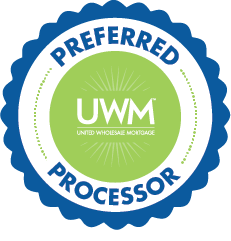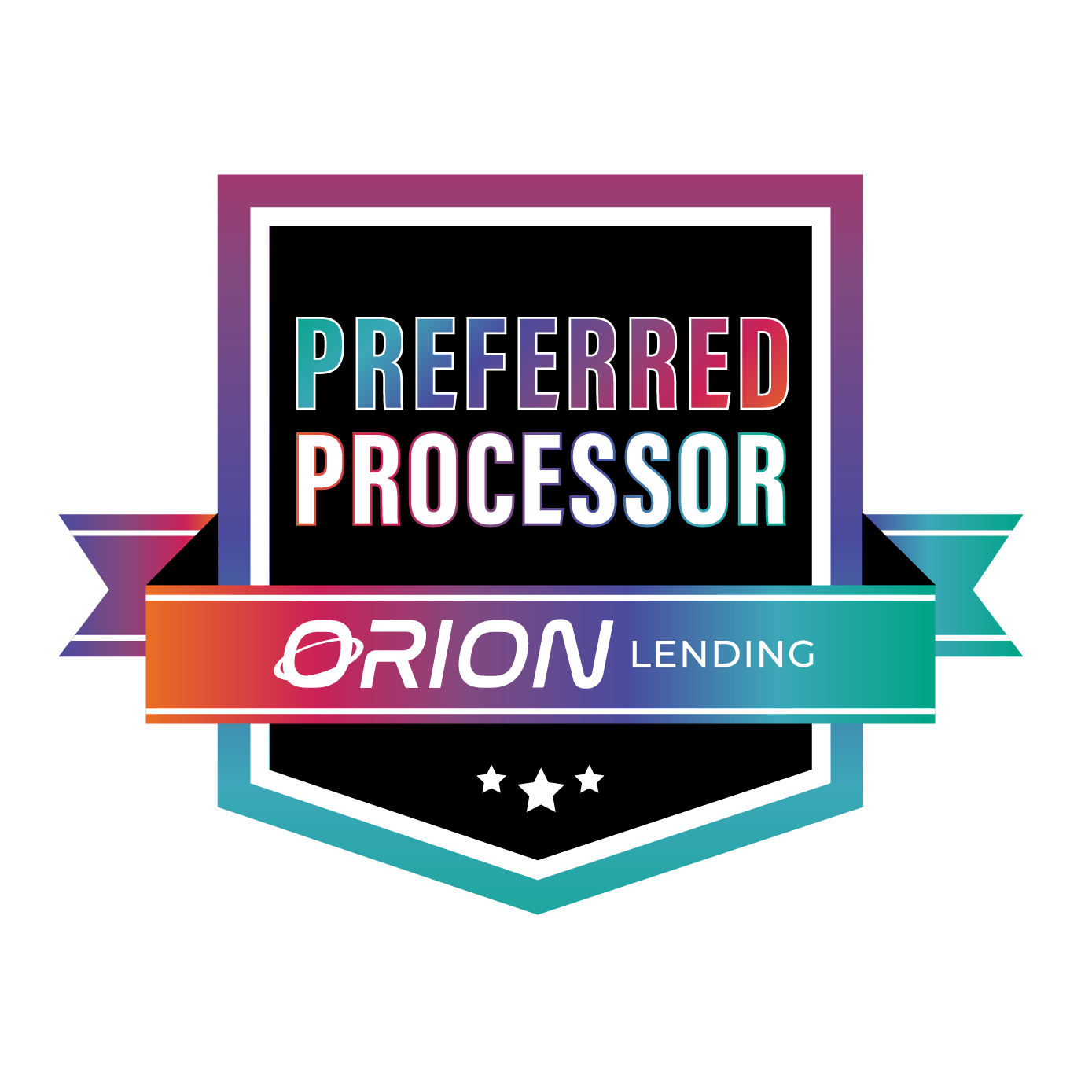The Top 5 Metrics Every Mortgage Broker Should Track

Be honest, how much of your mortgage business are you truly tracking?
It's an important question, because research shows that organizations that track their goals are nearly twice as likely to achieve them when compared to organizations that are essentially flying blind.
That's because decisions that truly move the needle are always data-driven and grounded in reality.
So, whether you're looking to improve client satisfaction or eliminate bottlenecks, simply tracking a few core metrics could make a measurable difference in your business growth.
5 Core Metrics for Mortgage Brokers
Our top picks for critical core metrics you should be tracking include:
1. Lead Conversion Rate
A healthy number of leads – aka potential clients who have shown an interest in your business – are usually a natural result of marketing and critical for further business growth. Lead numbers can provide answers to key marketing questions, like how many eyes are landing on your materials? And is the content enticing enough that someone's willing to fill out a form or give you a call?
But, at the end of the day, all the leads in the world don't mean much if they don't convert, becoming actual, paying customers. As such, conversions provide important clues into your sales processes. High rates could be the result of regular nurturing and an agile sales pipeline, while lower rates might indicate poor communication or follow-through.
That's why one of the core metrics you should be closely tracking is your lead conversion rate.
You can do this manually, by following a simple lead conversion rate formula:
(Number of Converted Leads / Number of Overall Leads) x 100 = Lead Conversion Rate
But it's much easier to invest in a Customer Relationship Management (CRM) tool or other lead management platform. These tools will automatically calculate your lead conversion rate, and might even offer support for improvement, from automated client outreach to seamless communication via a borrower portal.
2. Average Loan Value
Another core metric for mortgage brokers to track is average loan value. This metric can be a basic (but important!) indicator of loan profitability.
Think of average mortgage loan value as a quick gut-check on how profitable your loans might be. Why? Because the amount of work that goes into processing a conventional conforming loan doesn't vary much — despite the size of the loan, the steps are pretty much the same.
So, if your average loan value is trending closer to the conforming loan limit, that's a good sign. It means you're likely maximizing your return on each file you close.
Tracking this metric over time can help you spot shifts in your client base, identify opportunities to improve profitability, and make smarter decisions about where to focus your efforts.
Here's how you can calculate your Average Loan Value:
Total Loan Volume Originated / Number of Loans Funded in Same Period
But, again, there are now tech tools that can help. Certain Loan Origination System (LOS) platforms or custom accounting dashboards can simplify this process significantly.
3. Pull-Through Rate (From Application to Closing)
Your pull-through rate is perhaps one of the most important core metrics to track.
This figure represents the percentage of applications that successfully close. In other words, it can provide clarity into how efficiently and successfully your business operates.
A high pull-through rate can signal that you're qualifying borrowers, setting accurate expectations, and providing a realistic and manageable experience. It also means your marketing and pre-qualification efforts are effectively synced up, and that your team is likely communicating well with both clients and lenders.
A low pull-through rate, on the other hand, might mean you're leaning too heavily on unqualified or uncommitted borrowers, not communicating well, seeing delays, or maybe even overpromising from the start.
To determine how many clients you're getting to the finish line, follow this formula:
(Number of Closed Loans / Number of Submitted Applications) × 100 = Pull-Through Rate
Or refer to your LOS, which might offer an automated calculation.
4. Customer Satisfaction and Referral Rates
If a company can't keep its clients happy, there's no way it'll grow or, over a long enough timeline, even survive. In fact, your clients are some of your biggest assets, as consumers are 90% more likely to trust and eventually buy from a brand recommended by a friend.
That's why, whether you're looking to meaningfully grow your business or simply improve current operations, you'll want to keep a close eye on:
- Customer Satisfaction: These rates measure how happy current and previous clients are with your service.
- Referral Rates: These measure how many new leads come from those same previous clients.
Unfortunately, there's no one formula for gauging customer satisfaction, let alone growing or even maintaining it. The right approach will depend heavily on your target audience, current processes, and overall goals.
But, in general, post-closing surveys, customer loyalty metrics like the Net Promoter Score (NPS), and referral tracking via your CRM can start shedding some light on both of these critical metrics.
5. Cost per Closed Loan
How much does it cost to close one single loan, when you factor in everything from marketing to operations to processing? Knowing the answer is key to understanding your current levels of operational efficiency. Then, when monitoring this metric over time, you can surface minor issues driving up costs before they become full-blown emergencies.
To determine your cost per closed loan, follow this simple formula:
Total Loan Costs / Number of Closed Loans = Cost Per Closed Loan
The most informative answer will take every single relevant expense into account.
Once you have your cost per closed loan, see how it shifts and changes over time. You might also explore avenues to decrease costs, like automating certain tasks, updating your tech stack, outsourcing key points of your process, or eliminating unnecessary expenses.
The right balance will allow you to provide exceptional service while still turning your desired profit.
Wrapping Up: Core Metrics to Drive Mortgage Business
Essentially, tracking just a few core metrics can help mortgage professionals work smarter, not harder.
And you don't have to overhaul everything at once! If you're starting from square one, try tracking one or two key metrics first. Then, when you have some meaningful data to leverage, lean into the momentum.
Your goals — and your growth — are worth it.



